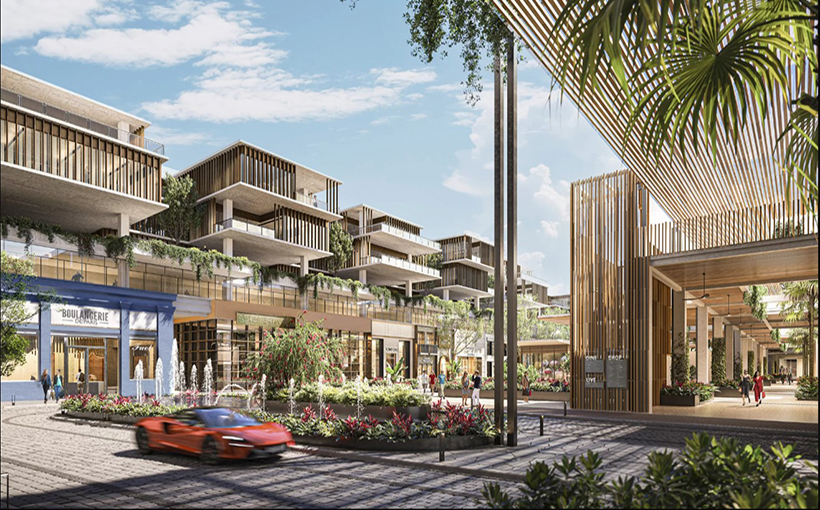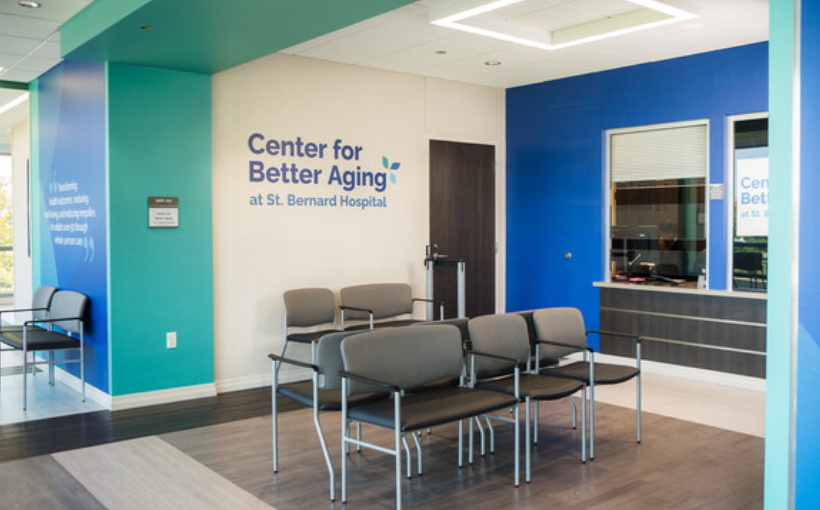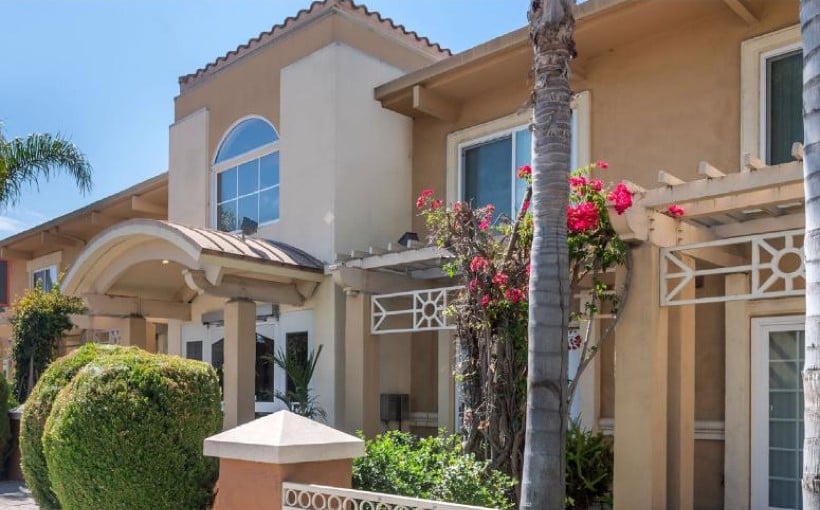The Glades, located in Boca Raton, FL, has recently undergone a redesign by architect Sean Slater of RDC. The topic of revitalizing shopping malls has been widely discussed in recent years. Connect CRE sat down with Slater to discuss the importance of considering community engagement when redeveloping malls.
Connect CRE: You have emphasized the significance of community involvement in mall redevelopment. Can you elaborate on this?
Sean Slater: To understand this concept better, let’s take a look at some history. In the 1960s through 1980s, there was a boom in mall construction due to various factors including tax laws that allowed for faster depreciation schedules for new buildings. As soon as new freeways or housing developments were built, developers would construct malls and quickly depreciate their value before moving on to the next project.
This led to issues such as white flight and failing malls which left communities with vacant spaces that could not be used for social purposes like housing or public facilities such as libraries and schools.
However, by engaging directly with these diverse communities surrounding these sites we can see significant transformation occur.
Connect CRE: How does this process work?
Sean Slater : We believe it is important to utilize existing public infrastructure around mall sites and engage with neighboring communities at street level rather than just building suburban-style multifamily homes on former parking lots. By gradually dissolving the memory of traditional indoor/outdoor shopping centers we can create more vibrant urban experiences that reflect local demographics while also being sustainable long-term solutions.
Connect CRE: Do your suggestions apply universally across all types of indoor/outdoor malls?
Sean Slater : No – every mall is unique and not all are situated near neighborhoods suitable for community engagement strategies like those described above . Some may be better suited for light industrial use or other non-residential purposes after careful evaluation based on individual characteristics such as ring roads isolating them from surrounding areas.
In fact , our research into over 250 malls revealed that only about half are suitable for this type of redevelopment approach. The other half require a more thorough analysis to determine the best use.
Connect CRE: What is the main takeaway from your perspective?
Sean Slater : There is a better way to revitalize malls. In the past, developers focused on building shopping centers in new and booming communities. However, as these areas have evolved over time, many malls have become more of a hindrance than an asset to their surrounding neighborhoods.
Instead of simply replacing them with cookie-cutter housing developments, we believe it is important to carefully study and match growth patterns in these areas with an ultimate goal of seamlessly integrating mall sites into their surrounding communities without any noticeable boundaries between them.
The post Mall Revitalization 2.0: Q&A With RDC’s Sean Slater appeared first on Connect CRE .




